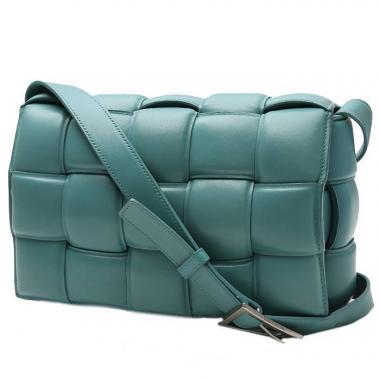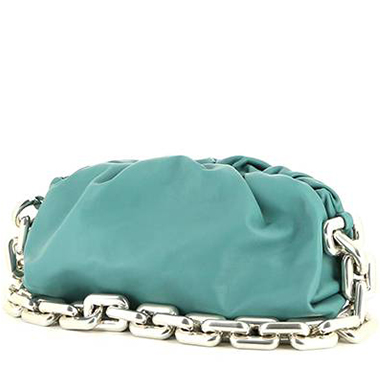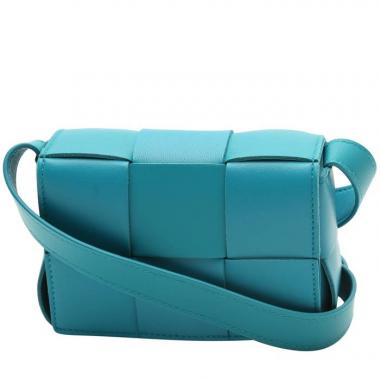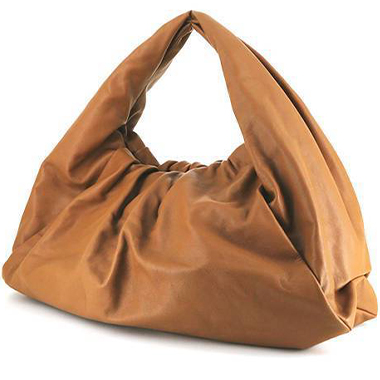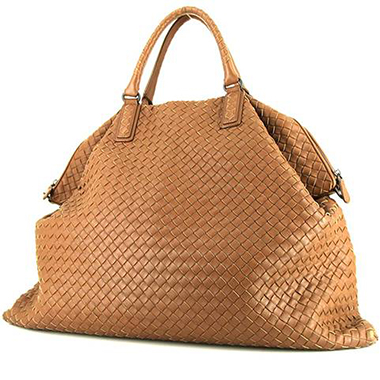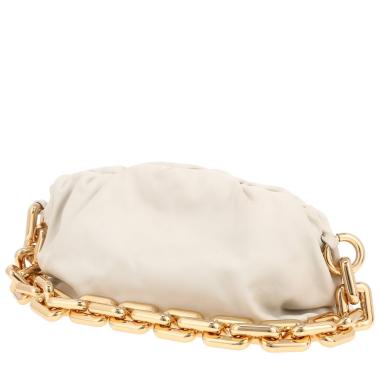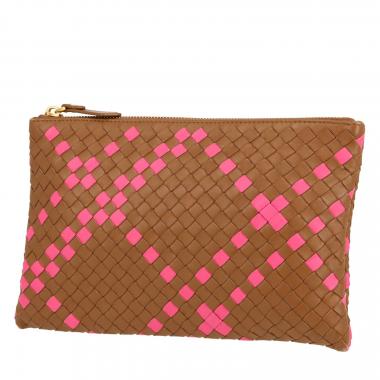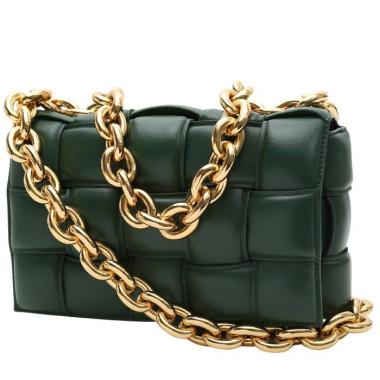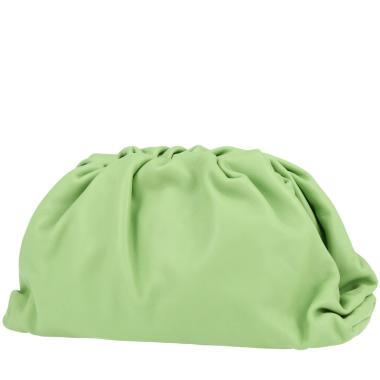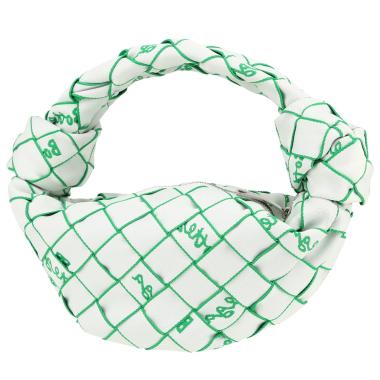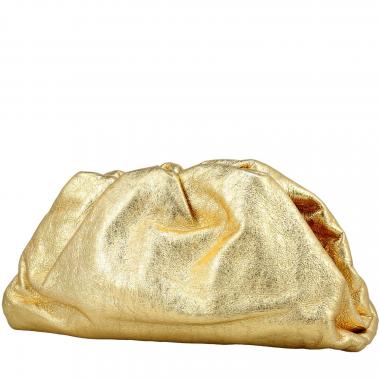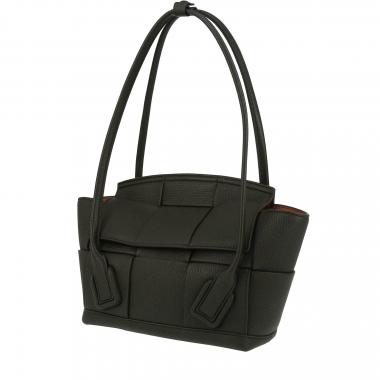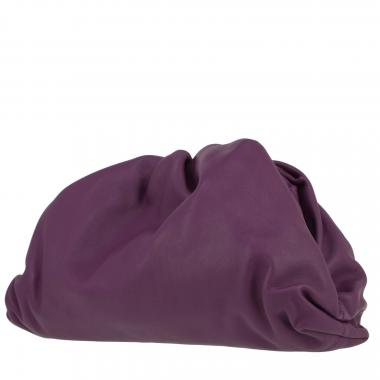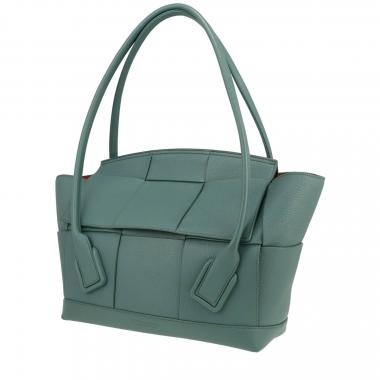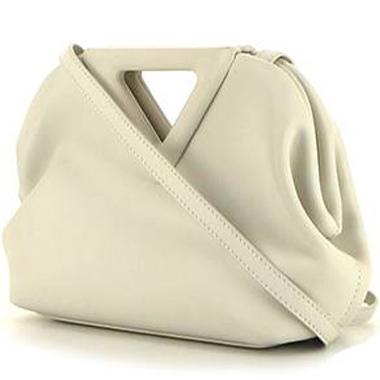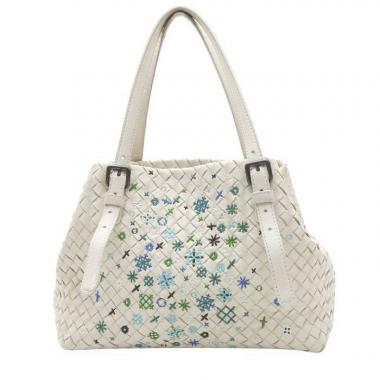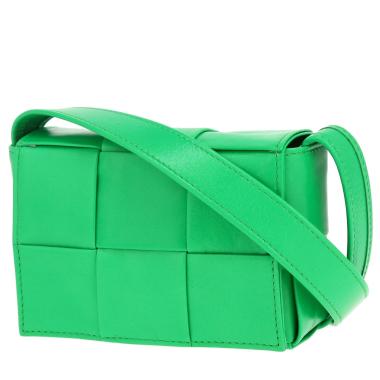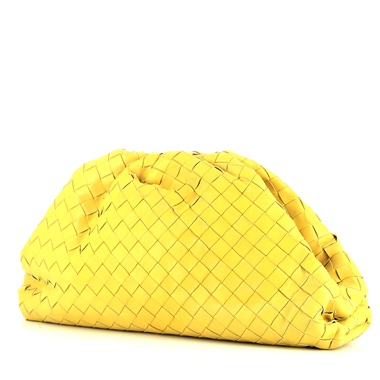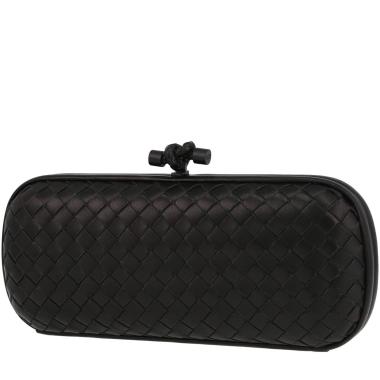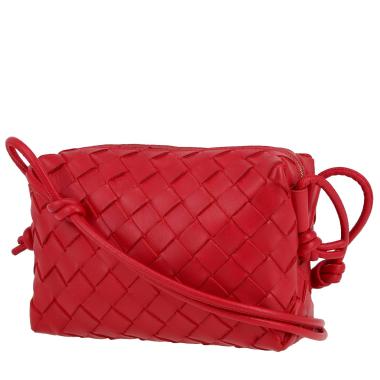The history of Bottega Veneta bags
Bottega Veneta first appeared in 1966, between Venice and Verona in Italy. It started as a simple workshop where Michele Taddei a
Minimise
Bottega Veneta bags
Bottega Veneta first appeared in 1966, between Venice and Verona in Italy. It started as a simple workshop where Michele Taddei and Renzo Zengiaro made leather goods for big Italian brands.
It wasn’t until the seventies that the Bottega Veneta brand began to launch its own designs and invented the brand’s signature, the famous ‘intrecciato’ technique of hand-plaited leather that can be seen on nearly all of the brand’s bags.
The bags without the Bottega Veneta label achieved rapid success and were adopted by celebrities like Jackie Kennedy and Andy Warhol. Bottega Veneta was taken over in 2001 by the Gucci group and a new creative director was appointed: the German designer Tomas Maier. His first collection of bags created a furore.
The brand then undertook a programme of international expansion and in 2002 it opened shops in Paris, London and Milan, the European capitals of fashion.
From 2006, Bottega Veneta began to diversify into jewellery, then furniture, perfumes and cosmetics.
In 2007 it was named ‘most prestigious brand’ by the richest American women, according to a survey by the New York Luxury Institute.
The brand’s best-seller is the celebrated Bottega Veneta shopper in plaited leather which is produced each year in limited editions and different versions. Each bag takes two days to complete.
There are now over 120 Bottega Veneta shops throughout the world, but the brand still prefers limited editions to mass production. Bottega Veneta takes enormous care over the quality of its products and uses the finest materials finished to the highest possible standard. Its style is both elegant and without ostentatious ornament and is loved by clients all over the world.
